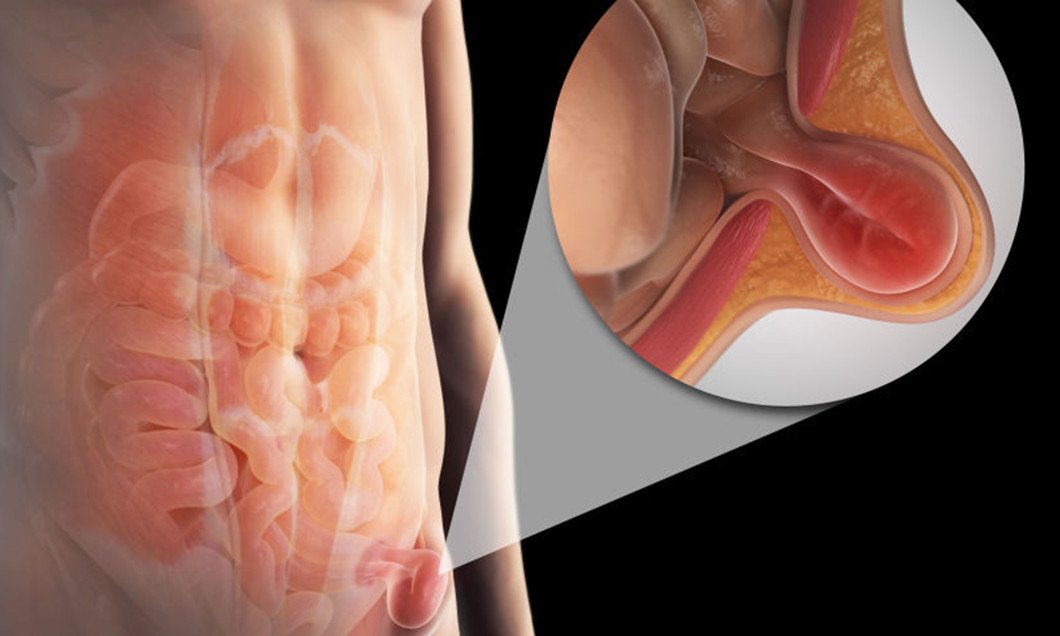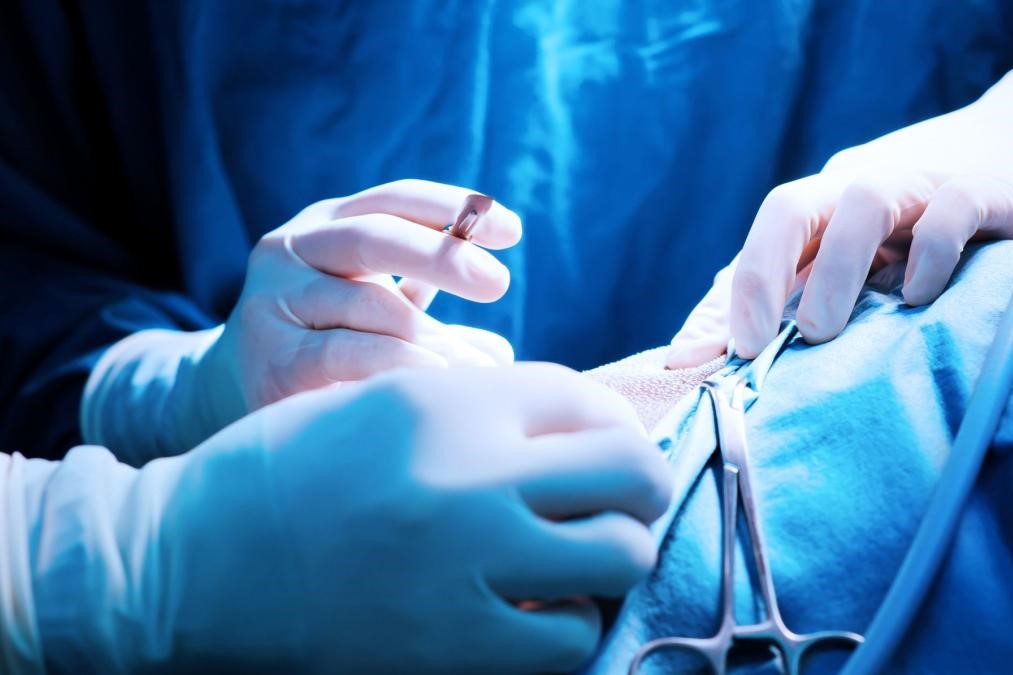
What is that swelling? Everything you need to know about inguinal hernia
Pain and discomfort in the groin area? Presence of a swelling that gets worse after walking? It could be an inguinal hernia
This is a very common condition that typically manifests itself as a swelling in the groin.
But what does it consist of? How is it treated?
Inguinal hernia: what it is and what causes it
This disorder is manifested by the leakage of abdominal viscera in the direction of the inguinal cavity.
In simple terms, an organ present in the abdominal cavity, such as a portion of fatty tissue, the intestine or the bladder, manages to pass through the wall that contains it.
This structure, made up of several bands of muscle, can weaken for a variety of reasons: repeated physical effort over time, a persistent cough or even excessive strain during defecation.
In addition to these reasons, there are important risk factors to take into account, such as obesity, smoking, asthma and diabetes.
Men and women: who is at greater risk of an inguinal hernia?
At this point, you might think that all you need to do to prevent the onset of the disease is to change your lifestyle.
For example, fighting constipation by incorporating more fibre into your diet and increasing physical activity and training to avoid straining your abdominal muscles.
Yet the data speak for themselves: men are 7 to 10 times more at risk of developing an inguinal hernia.
Their anatomical configuration makes them more likely to develop this disorder.
The reason for this is the presence of the spermatic cord, which allows the testicle to descend from the abdominal cavity to the scrotal sac during the development of the foetus.
As this structure is supplied with blood vessels, the inguinal cavity is particularly fragile.
However, this does not mean that women can automatically consider themselves out of danger: if you look at the latest statistics, you can see that this disease is increasingly affecting women.
The reasons may be related to the general increase in average life expectancy, together with the practice of certain habits, such as intense physical activity or smoking.
The disorder can also appear in the case of repeated pregnancies and excessive thinness.
A strange swelling: the symptoms of inguinal hernia
Fortunately, it is a condition that is fairly easy to notice: the symptoms, as already mentioned, consist of a swelling in the groin that assumes different sizes depending on the activities performed.
When one gets up in the morning, for example, the swelling is not noticeable, while it becomes more pronounced after a day’s work or following a walk and, if massaged, reduces in size.
If the tumescence does not deflate, it is best to consult your family doctor, who may refer you to specialist clinics or to the emergency room depending on the severity of the case.
Treatment of inguinal hernia: when medication is not enough
As far as treatment is concerned, it is good to keep in mind that medication may help relieve the pain, but it will not cure the condition.
Unfortunately, once the symptoms appear, there is no point in waiting: hernia does not regress spontaneously; on the contrary, it tends to worsen over time.
For this reason, it is necessary to intervene with a surgical operation.
With the exception of special cases, the operation is always carried out on an outpatient basis (the patient enters the hospital in the morning and returns home in the evening).
Generally open surgery is used: an incision is made in the groin canal, with the aim of replacing the hernia and reconstructing the abdominal wall.
The abdominal wall is reconstructed by placing a prosthesis, consisting of a small reinforcing mesh, which is secured with sutures or surgical glue.
Sometimes hernias may be present on both the right and left sides of the groin, in which case the hernia is called a bilateral inguinal hernia and is treated with video-laparoscopic surgery.
This type of surgery is less invasive, as the technique uses small incisions through which a video camera is inserted, operated from the outside using special instruments.
It should not, however, be used on hernias that are too large.
The post-operative phase: the convalescence phase
After the operation, it is important to wear a special brief for three weeks, which acts as a restraint and aids recovery from the operation.
Pain may sometimes be experienced, but this is easily managed with analgesic medication.
Recovery time varies depending on the activity: it is possible to return to driving after 48-72 hours, while it is not possible to play sports for about a month.
As far as work is concerned, the wait is 10-15 days for office work, while for jobs requiring more physical effort a break of about 3 weeks is required.
The symptoms, together with the knowledge of having to undergo surgery, can be frightening.
However, when one considers the speed of the operation together with the rather quick recovery time, it is already less alarming.
A small but uncomfortable incision can be the first step towards regaining peace of mind.
Read Also:
Emergency Live Even More…Live: Download The New Free App Of Your Newspaper For IOS And Android
Chronic Pain And Psychotherapy: The ACT Model Is Most Effective
Hiatal Hernia: What It Is And How To Diagnose It
Percutaneous Discectomy For Herniated Discs



